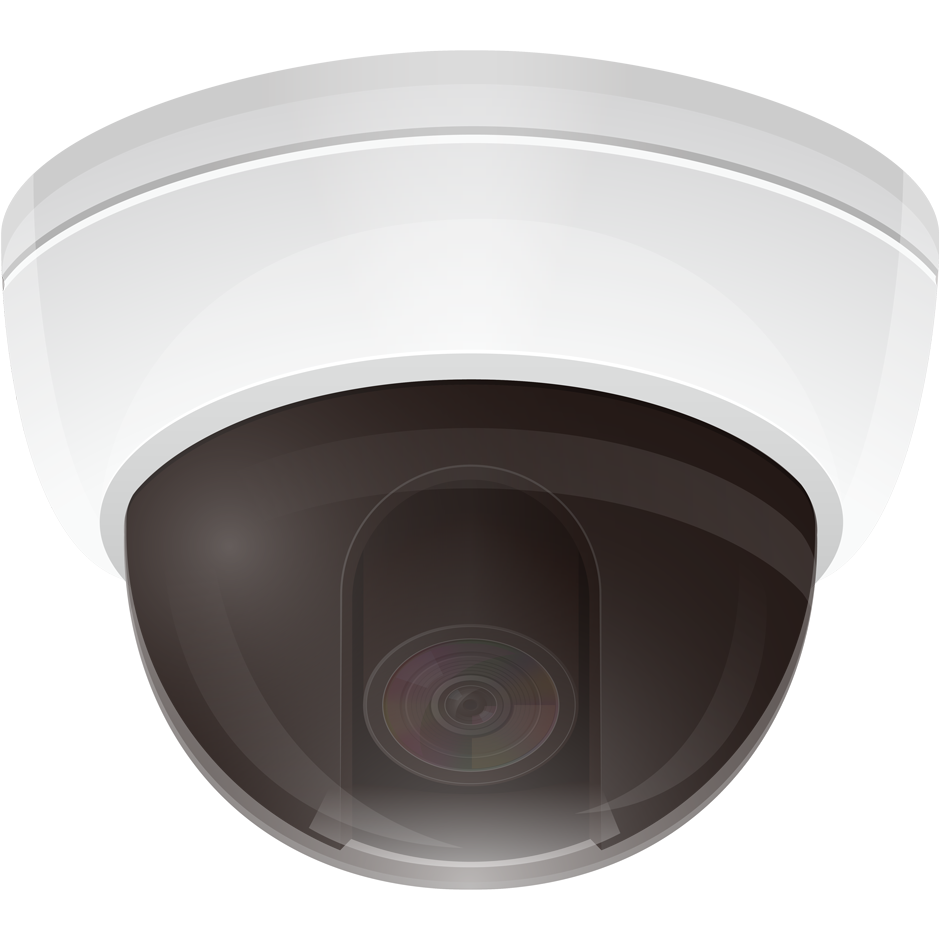Onboard intelligence for low-power, high-resolution cameras
Our technologies make cameras smarter—enabling features like person detection, object classification, analytics, and more—performing complex data analysis in real time, delivering breathtaking imagery, and preserving vital system resources such as power and network bandwidth. We specialize in the development of deployable, scalable designs for intelligent cameras, offering a proven path to mass production.

